
Dear readers,
Rarely has anyone won a regatta with inferior equipment. This also applies to the Ocean Race Europe. Paul Meilhat and his team Biotherm have already been crowned winners before the final coastal race in Montenegro on Saturday (NDR will be broadcasting live from 12.00 noon). They delivered an impressive race, not least in terms of the boat's performance. Boris Herrmann and his crew are battling for fourth place in this final race with Ambrogio Beccaria's Italian "Allagrande Mapei", which is just one point ahead of them.
It was no longer enough for Herrmann to reach the podium. His "Malizia - Seaexplorer" was simply not fast enough for this Ocean Race Europe to fulfil the high expectations of the fans. It's as simple as that. Anyone hoping for more was almost bound to be disappointed. That's always easy to say afterwards, but anyone who listened carefully could already hear it in Herrmann's statements before the start in Kiel. A podium finish was a very cautious goal.
The "Malizia - Seaexplorer" was designed for the conditions in the Southern Ocean. To be able to excel there during the Vendée Globe. In fact, she was one of the fastest around the South Pole. The only annoying thing was that too many nautical miles had already been lost in the Vendée because the conditions were not suitable for the boat. And that such conditions rarely prevailed in the Ocean Race Europe.
The range of use of the Imocas has changed. Regattas such as the Ocean Race or the European version have been added and with them more and more sections where the wind is not blowing hard from behind, but very often from the front or not at all. However, the "Malizia - Seaexplorer" was not made for this. If you lack even a modicum of speed in relation to your opponents, all too often the only option is to take evasive action, sail off course and try your luck. You have to break away, sailing behind is useless and would only mean hoping for mistakes by others. But they know how to do it too. For me, this explains the sometimes unconventional course decisions of the Malizia crew.
The mood in the comments on the YACHT's Instagram and Facebook posts changed when it became clear that Herrmann would probably not be sailing for a podium place. This was already foreseeable after the third leg. He was accused of not taking the race seriously, partly because he wasn't on board for the second leg and was instead at the SailGP in Sassnitz. And that he was looking for excuses, especially when it came to the material, and that he was talking up the race and his chances.
I mean, that was rubbish. Or as one commentator put it: "What do you want him to say: shit boat, shit conditions, shit competition. We're cancelling and going fishing?"
Yes, the winner, Paul Meilhat, was on board the "Biotherm" on every stage. But other teams rotated in a similar way to "Malizia". If it were that simple, it would be: stay on board and you win. But it wasn't sailed single-handed, but as a team. Does individual human performance make a huge difference? Would a Herrmann have been better on leg 2 than a Will Harris? I think it's more about the material.
The winner Meilhat confirmed: "It has been shown that 'Biotherm' is better suited to this type of race because it is very fast in transitions - in light winds and smooth water."
Herrmann obviously feels the same way. It was the last race of the old "Malizia - Seaexplorer" with him, the boat has been sold and the new "Malizia - Seaexplorer" is under construction. According to Herrmann, it will be very similar to the current top boats - and therefore very dissimilar to the old boat. More of an all-rounder, even in light and strong winds. With the new boat, Herrmann will, I'm sure, once again be right at the front. Because he has proven several times that he can do it.
Lars Bolle
Editor-in-chief watersports digital
Recommended reading from the editorial team

New podcast episode
Behind the scenes at boot Düsseldorf - with Petros Michelidakis
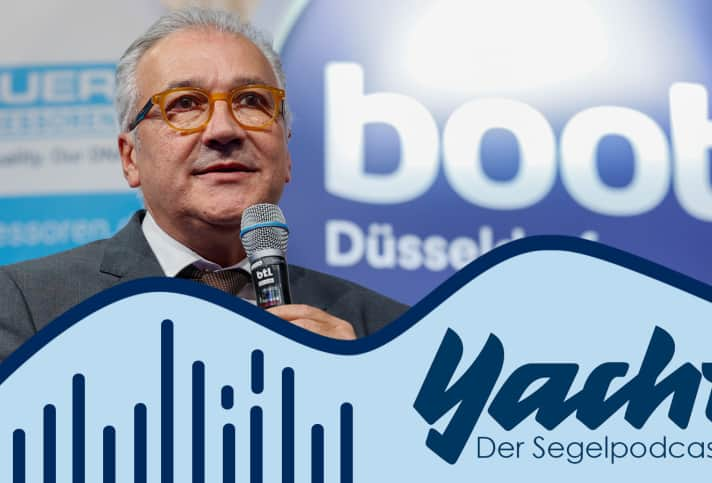
In the 55th episode of the YACHT podcast, Petros Michelidakis, Director of boot Düsseldorf, is our guest. He talks about his work and the upcoming trade fair.
Fee club on Lake Constance
Bregenz collects 45,000 euros for berth waiting list
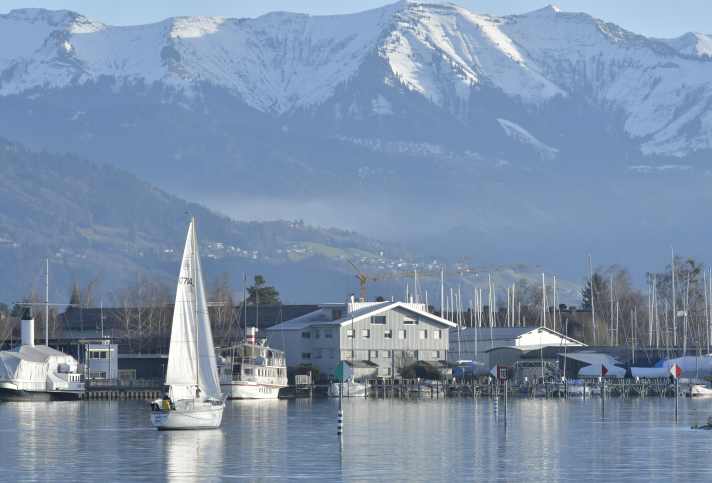
In future, anyone waiting for a mooring in Bregenz will have to pay an annual "record-keeping fee" of 30 euros. The city justifies the new regulation with the administrative burden. Those who do not pay will be removed from the waiting list.
DS27
Argentinian mix - daysailer and pocket racer
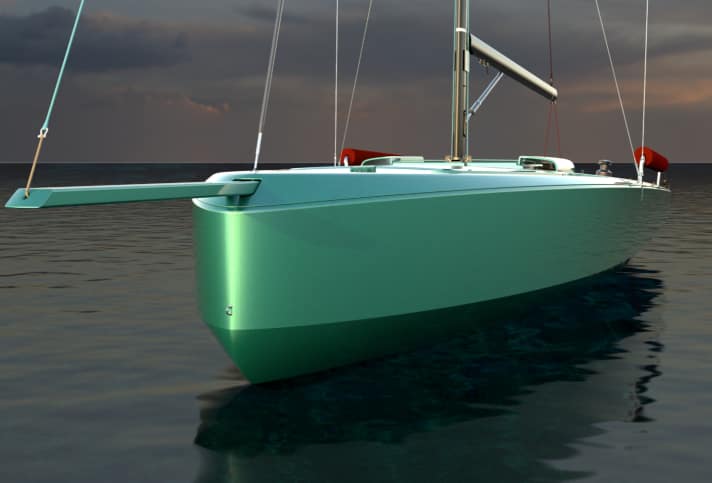
A new daysailer project from Argentina is targeting the European market with a canting keel and fast lines from Soto Acebal. If everything goes according to plan, the 8.30 metre long DS27 will be on display at boot Düsseldorf 2027.
Rolex Sydney Hobart Race
Christmas classic ahead, premiere for "Alithia"
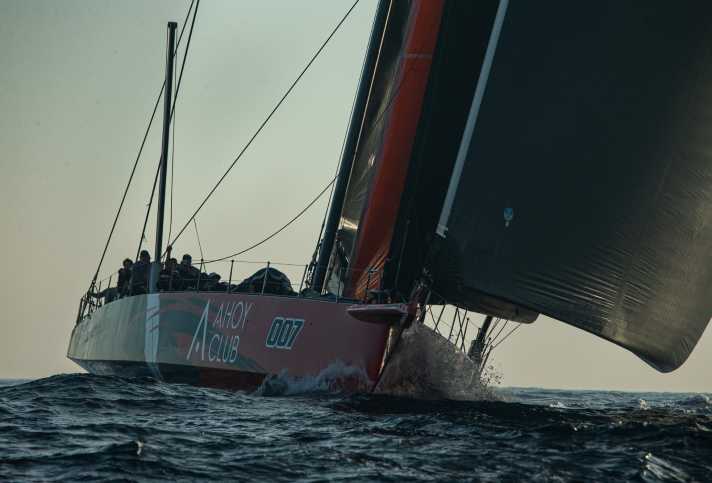
The Rolex Sydney Hobart Race starts on Boxing Day. The favourite is "Master Lock Comanche". Jost Stollmann's "Alithia" is a blue-water beauty.
"Maltese Falcon"
New charter concept for DynaRig pioneer
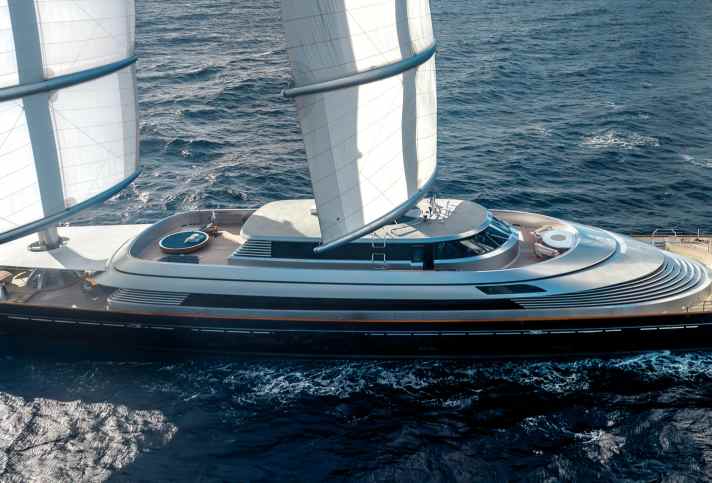
The 88 metre long DynaRig schooner "Maltese Falcon" sails under the flag of Jumeirah Privé. The new charter centre provides insights below deck and into the modern square sail system.
Esse 890
The Swiss answer to the crossover trend
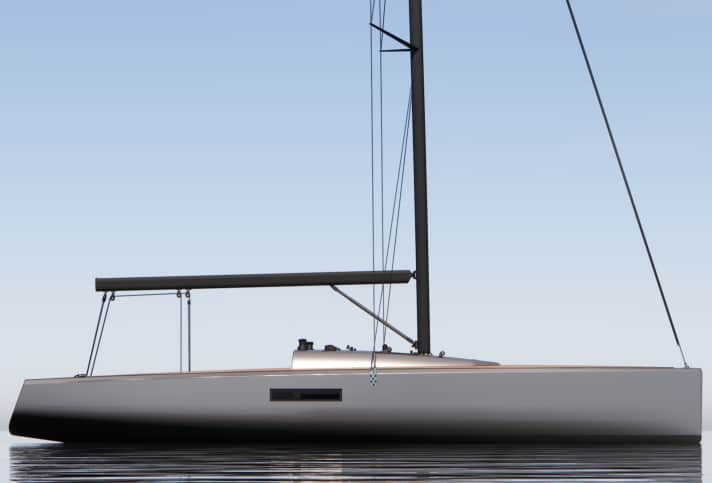
Esseboats in Switzerland is building a new model. The Esse 890 takes on the sporty brand genes, but is very versatile for multiple uses.
Jules Verne Trophy
"Sodebo" launched - "The almost perfect plan"
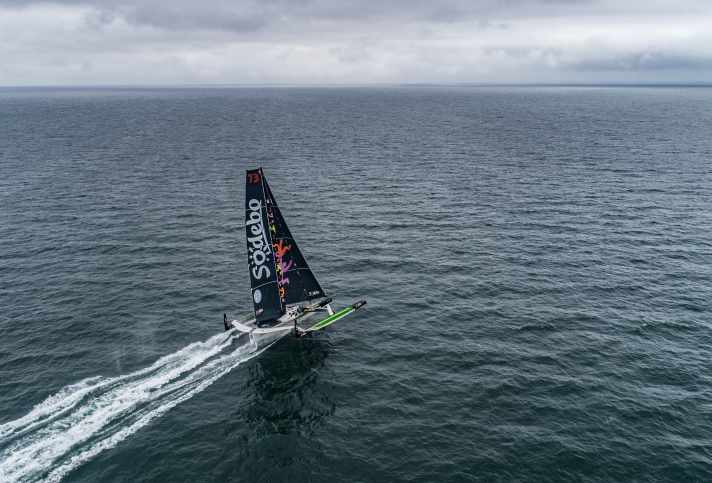
And the Jules Verne Trophy beckons forever: Thomas Coville's crew on "Sodebo Ultim 3" has started. The first weather window is at least promising.
App Store and Play Store
YACHT launches its own app
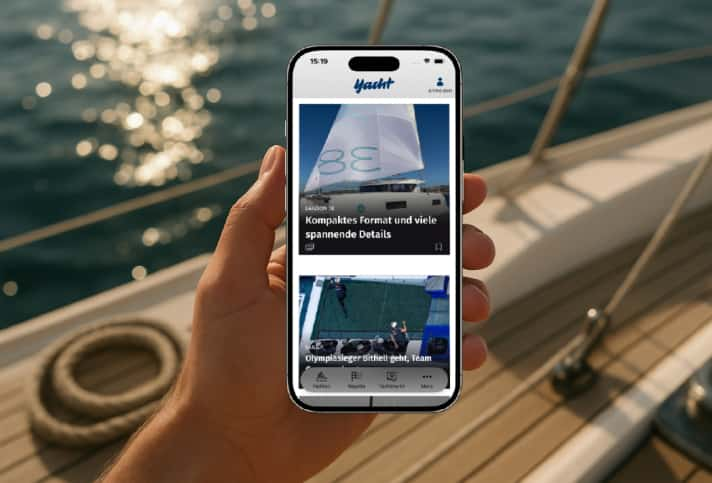
The new YACHT app brings the fascination of sailing directly to your smartphone or tablet. The app combines all the content of the YACHT website. Download it now!
Shadow fleet
Russia sends destroyer "Severomorsk" to the Baltic Sea
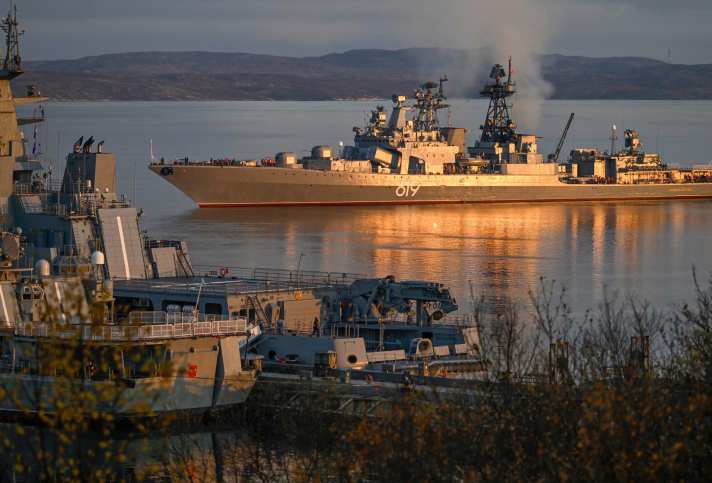
The Russian Navy's Baltic Fleet has received a second destroyer. The "Severomorsk" was recently withdrawn from the Northern Fleet and relocated to Pillau. Experts suspect a connection with the so-called shadow fleet.
Gift idea
Voucher for YACHT Premium as a last-minute present

A gift voucher for YACHT Premium is an excellent last-minute gift for all sailing and water sports enthusiasts for Christmas!
Newsletter: YACHT-Woche
Der Yacht Newsletter fasst die wichtigsten Themen der Woche zusammen, alle Top-Themen kompakt und direkt in deiner Mail-Box. Einfach anmelden:
